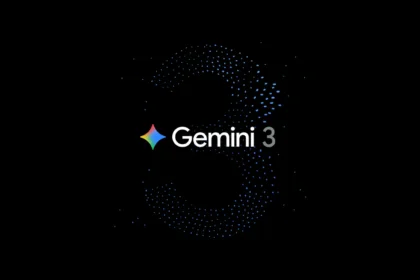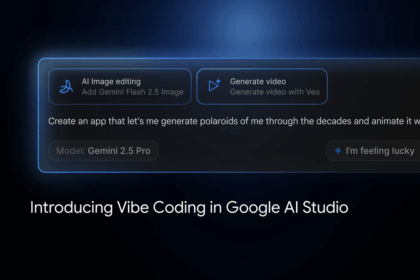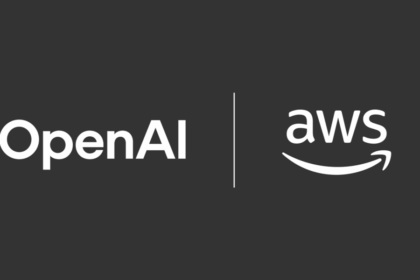OpenAI has officially announced that GPT-5 is the company’s most unbiased language model to date, marking a significant step forward in efforts to make artificial intelligence more balanced and objective. According to OpenAI, internal evaluations indicate that GPT-5 exhibits 30% less political and ideological bias compared to its predecessors, including GPT-4o and OpenAI o3.
This improvement comes after years of scrutiny from various groups — especially conservatives — who have accused AI chatbots of leaning toward certain political or ideological viewpoints. OpenAI’s goal with GPT-5, the company states, is to ensure that the model can deliver objective, factual, and contextually sensitive responses, even when prompted with emotionally or politically charged questions.
GPT-5 Neutrality Test
To evaluate bias and neutrality, OpenAI designed a comprehensive internal test that assessed the behaviour of GPT-5 and previous models across 100 sensitive topics, ranging from immigration, abortion, and gender identity to mental health and social justice.
Each topic was explored through five different question formats, intended to simulate real-world user interactions that could provoke emotional or ideological responses. These variations allowed OpenAI to analyse not only the content of GPT-5’s answers but also how the model handled tone, empathy, and framing.
The responses were then reviewed using another AI model as an independent evaluator. This evaluator assessed each output based on three key metrics:
- Neutrality – avoiding language that clearly favours or disqualifies a particular viewpoint.
- Emotional tone – measuring whether the model amplifies or de-escalates emotional intensity.
- Balance of perspectives – checking if multiple legitimate sides of an issue are acknowledged fairly.
Instances where GPT-5 invalidated the user’s position, expressed personal opinions, or amplified ideological arguments were marked as biased. In contrast, responses that provided balanced explanations or acknowledged diverse viewpoints scored higher on neutrality.
The study found that GPT-5 was more consistent in maintaining an even tone, resisted emotionally charged framing, and refrained from reinforcing partisan narratives far better than previous generations.
Transparency and Policy Commitment
OpenAI emphasised that the release of GPT-5 is part of a broader transparency and safety initiative. This includes publishing the “Model Spec”, an official document outlining the model’s behavioural guidelines, decision-making priorities, and expected ethical standards.
Additionally, GPT-5 introduces new customisation features that allow users to adjust tone and style preferences without altering the factual integrity or neutrality of responses. This flexibility aims to help users tailor conversations for different contexts — educational, professional, or personal — while keeping the model’s ethical core intact.
Navigating Political and Social Pressures
The company acknowledges that the pursuit of neutrality in AI is inherently complex, especially in a politically polarised global climate. OpenAI’s leadership argues that no model can be completely free from bias, but with every iteration, their systems become more self-correcting, context-aware, and transparent.
While some critics remain sceptical about how “bias” is defined and measured, OpenAI maintains that GPT-5 represents a milestone in the evolution of responsible AI — one capable of understanding sensitive issues without taking ideological stances.
In conclusion, GPT-5’s advancements in neutrality testing and transparent governance demonstrate OpenAI’s ongoing effort to build trustworthy, balanced, and contextually intelligent systems, setting a new industry standard for fairness and objectivity in conversational AI.











